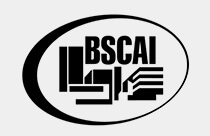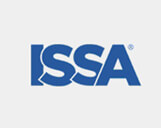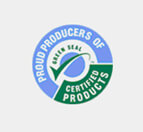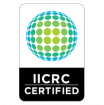With the hurricane season here and the change of weather to a cold and wet environment, preventing and mitigating water and mold damage requires a proactive approach to ensure that your building remains dry and well-maintained. Here are some effective strategies for prevention and mitigation.
1. Moisture Control
– Fix Leaks Promptly: Regularly inspect and repair any leaks in roofs, walls, plumbing, and windows. Even small leaks can lead to significant water damage over time.
– Maintain Gutters and Downspouts**: Ensure gutters and downspouts are clean and direct water away from the building’s foundation. Clogged gutters can cause water to overflow and seep into walls and foundations.
– Seal Cracks: Seal cracks in the foundation, walls, and around windows or doors to prevent water infiltration. Use caulking or weatherproof sealants where necessary.
– Use Water-Resistant Materials: In areas prone to moisture, such as basements or bathrooms, consider using water-resistant materials like tile, concrete, or waterproof paints.
2. Improve Ventilation
– Use Exhaust Fans: Install exhaust fans in kitchens, bathrooms, and laundry rooms to vent out moisture-laden air, reducing humidity levels indoors.
– Open Windows: When possible, open windows to allow fresh air to circulate, especially after activities that generate steam, like cooking or showering.
– HVAC Maintenance*: Ensure your HVAC system is properly maintained, as it helps regulate indoor humidity. Clean or replace filters regularly to prevent moisture buildup.
3. Manage Indoor Humidity
– Use Dehumidifiers: Dehumidifiers can help control moisture levels in damp areas such as basements. Aim for an indoor humidity level between 30% and 50% to prevent mold growth.
– Dry Wet Areas Immediately: After spills or flooding, dry the area as quickly as possible. Use fans, heaters, or professional drying equipment if necessary to prevent water from soaking into carpets, walls, or floors.
– Monitor Humidity Levels: Invest in a hygrometer to monitor indoor humidity levels, especially in high-risk areas like basements and bathrooms.

4. Regular Inspections
– Inspect for Leaks and Moisture: Regularly inspect plumbing, under sinks, and around windows and doors for signs of moisture. Look for condensation, water stains, or warping.
– Check Roofing: Inspect the roof for missing or damaged shingles, as well as around chimneys or vents where water can enter. Schedule professional roof inspections every few years.
– Look for Mold: Conduct visual inspections for signs of mold, such as black or green patches, discoloration, or musty smells. Mold is often found in damp, dark places like attics, basements, or crawl spaces.
5. Waterproofing and Insulation
– Waterproof Basements and Crawl Spaces: Use waterproof sealants or vapor barriers on basement walls and floors to prevent moisture from seeping in.
– Insulate Pipes: Insulate pipes to prevent condensation or freezing, which can cause bursts and water damage.
– Weatherproof Windows and Doors: Install weatherstripping around windows and doors to prevent moisture from entering and contributing to high humidity levels inside.
7. Flood Prevention Measures
– Install a Sump Pump: A sump pump can remove water that accumulates in a basement or crawl space, preventing flooding during heavy rain.
– Backflow Valves: Consider installing backflow valves in plumbing to prevent sewage from backing up into the home during floods.
– Elevate Appliances: If you live in a flood-prone area, elevate appliances like washing machines, water heaters, and HVAC systems to protect them from water damage.
8. Professional Mold Remediation
– Call Experts for Mold Removal: If mold growth is extensive, it’s important to call professional mold remediation services. They can safely remove mold and address underlying moisture issues.
– Remediate Quickly: Mold can start growing within 24-48 hours after a water event, so it’s crucial to dry the affected areas and address the source of moisture immediately.
By following these prevention and mitigation strategies, you can greatly reduce the risks of water and mold damage to your property. Taking proactive measures can save time, money, and prevent the health risks associated with mold exposure. As always, don’t hesitate to reach out to our QFS experts to learn more about mold and water removal services.
Contact QFS: Let’s Connect
Tel: 718.935.9923
Email: info@qfs.net










